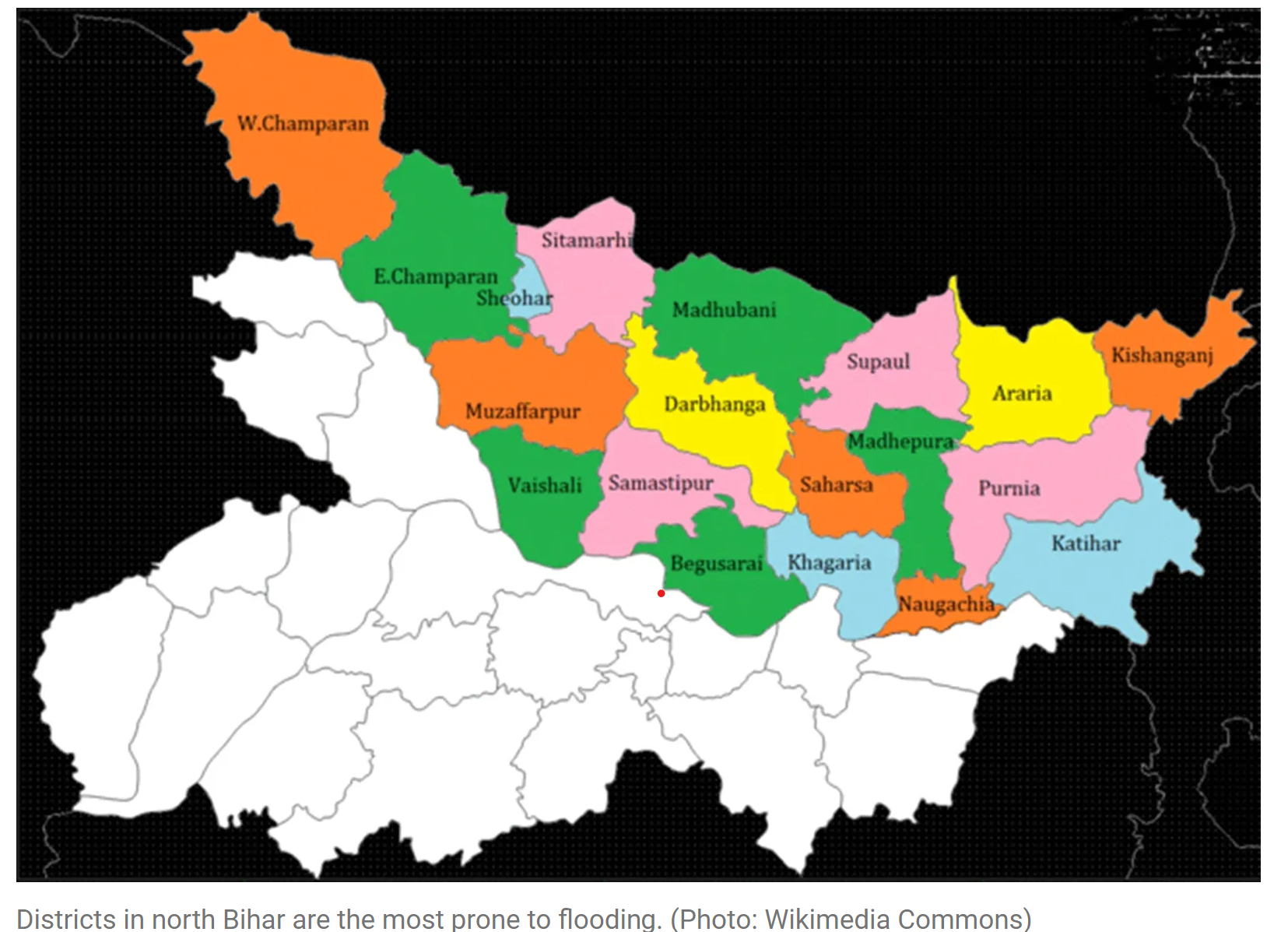Child Sexual Abuse in India
- 31 May 2025
Context:
A landmark global study published in The Lancet has brought to light the disturbing scale of child sexual abuse (CSA) worldwide. Using data from 204 countries (1990–2023), the study by the Institute for Health Metrics and Evaluation found that 18.9% of women and 14.8% of men globally were victims of CSA. In India, 30.8% of women and 13.5% of men reported having experienced sexual violence before turning 18, placing it among the countries with the highest prevalence for women.
The research revealed that most abuse begins in childhood, with 67% of girls and 72% of boys facing their first abuse before 18. A staggering 26.9% of Indian women and 9.4% of men aged 20–24 continue to report having been abused during their childhood, indicating the persistence of this crisis.
Context and Contributing Factors
CSA in India is exacerbated by societal stigma, patriarchal norms, and underreporting, particularly among boys. Male survivors face additional silence due to entrenched ideas of masculinity and victim-blaming. Abuse often occurs in familiar settings, including homes and schools, with digital exploitation emerging as a growing threat.
Furthermore, regional disparities persist. Urban areas report more digital abuse, while rural areas suffer from familial exploitation compounded by lack of awareness and legal access. States like Kerala and Maharashtra show better reporting, while Bihar and Uttar Pradesh lag.
Legal and Institutional Response
India enacted the Protection of Children from Sexual Offences (POCSO) Act in 2012, a gender-neutral law covering a wide range of sexual offences with child-friendly procedures. However, implementation gaps remain:
- Conviction rates below 30%
- Backlogged trials
- Insufficient training for police and judiciary
Additionally, mental health services for survivors are scarce, and sex education in schools remains inadequate, leaving children vulnerable and uninformed.
Civil Society and Global Comparisons
NGOs such as Save the Children, Kailash Satyarthi Children’s Foundation, and HAQ have played key roles in rehabilitation and awareness. International best practices offer valuable lessons:
- Nordic countries integrate mandatory sex education.
- Australia uses public awareness and national offender registries.
Recommendations and Way Forward
A multisectoral, prevention-focused approach is vital:
- Legal Reforms
- Fast-track POCSO courts
- Child-friendly police units
- Sensitisation training for frontline staff
- Education System Overhaul
- Include modules on “safe/unsafe touch” and digital safety
- Train teachers to detect and report CSA
- Community Engagement
- Empower Panchayats and child welfare committees
- Conduct grassroots campaigns to break the culture of silence
- Technological Safeguards
- Strengthen helplines like Childline 1098
- Collaborate with tech platforms for safer digital ecosystems
- Research and Data Collection
- Create a national CSA data repository
- Promote evidence-based policymaking through academic and NGO partnerships
Conclusion
The Lancet study underscores that CSA is not merely a criminal issue—it is a public health and social emergency. Laws like POCSO, while crucial, are not enough. What is needed is a coordinated, empathetic, and data-driven strategy that spans homes, schools, communities, and cyberspace. Only then can India safeguard its children not just from predators, but from institutional neglect and societal apathy.
Bihar Under Water: An Analysis of Recurring Floods

- 04 Oct 2024
Overview
Bihar is one of India's most flood-prone states, with 11.84 lakh people affected by annual flooding. The state grapples with the devastation of homes, crops, and livestock, prompting a cycle of recovery only to face similar disasters each year.
Geographical Vulnerabilities
Flood-Prone Conditions
- Demographics: 76% of North Bihar’s population lives under the threat of floods.
- River Systems: The state is crisscrossed by multiple snow-fed and rain-fed rivers, contributing to various flood types:
- Flash Floods: Rapid onset due to rainfall in Nepal (lead time: 8 hours).
- River Floods: Slower onset with a lead time of 24 hours, lasting over a week.
- Drainage Congestion: Extended flooding throughout the monsoon season (lead time: over 24 hours).
- Permanent Waterlogging: Caused by various factors including sedimentation and encroachments.
Factors Contributing to Flooding
- Himalayan Rivers: Rivers like Kosi, Gandak, and Bagmati carry significant sediment, leading to overflow during heavy rains.
- Waterlogging Causes: Silted rivers, encroachment of drainage channels, and local topographical features called Chaurs contribute to permanent waterlogging.
Historical Management Efforts
Embankments and Their Impact
- Kosi River: Known as the "sorrow of Bihar," embankments built in the 1950s to control the Kosi’s flow have led to unintended consequences.
- Sediment Accumulation: Narrowing of the river’s course has caused sediment to build up, increasing the riverbed height and flood risks.
- Current Crisis: Recent flooding was exacerbated by the release of 6.6 lakh cusec of water from the Birpur barrage in Nepal, leading to multiple embankment breaches.
Economic and Social Effects
Impact on Livelihoods
- While annual flooding may not always lead to significant loss of life, the economic repercussions are severe:
- Damage to crops and infrastructure.
- Loss of livestock and economic migration outside the state.
- Government Spending: Approximately Rs 1,000 crore is allocated annually for flood management and relief efforts.
Proposed Solutions
Structural vs. Non-Structural Approaches
- Dam Construction: Proposals for new barrages on the Kosi and other rivers have been discussed, but require cooperation from Nepal.
- Need for Comprehensive Strategies: Experts suggest a dual approach:
- Structural Solutions: Dams and embankments.
- Non-Structural Solutions: Policy development, risk mitigation, and improved community awareness.
Emphasis on Risk Reduction
- The Flood Atlas of Bihar advocates for minimizing flood risk rather than relying solely on structural measures.
- Focus on enhancing early warning systems and community preparedness is crucial for effective flood management.
Conclusion
Bihar’s unique geographical and socio-economic landscape necessitates a multifaceted approach to flood management. While structural solutions like dams are important, the state must also invest in non-structural measures that promote resilience and reduce vulnerability among its population.
